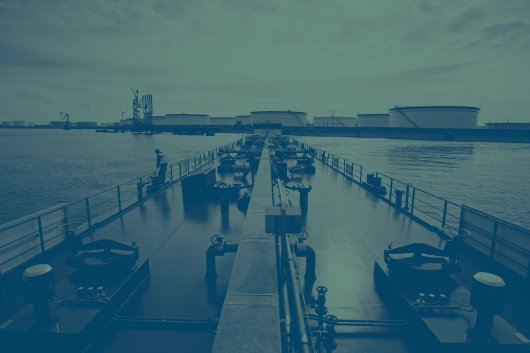NYK develops additive for low sulphur MGO
Japanese firm says additive can prevent mechanical problems in fuel oil systems.
NYK and its subsidiary Nippon Yuka Kogyo Co. Ltd. have jointly developed an additive, named Yunic 700LS, for low sulphur marine gas oil.
According to NYK, blending the additive into low sulphur marine gas oils can prevent mechanical problems in fuel oil systems.
As part of the toughening of regulations on air quality conservation, the European Union (EU) implemented a new regulation limiting to 0.1% the sulphur content of low sulphur fuel oils used within its respective regulatory area from January 1, 2010. Moreover, the California Air Resources Board (CARB) will begin the enforcement of its regulation in January 2012.
Low sulphur marine gas oils are expected to have a reduced impact on the environment because they result in fewer SOx emissions. However, according to NYK, the oils lack sufficient lubricity, and could therefore result in problems including abnormal friction and operational defects, to crucial parts of engines, such as fuel supply pumps and fuel-injection pumps.
As a result, the NYK Group developed the new additive to improve the lubricity of low sulphur marine gas oils, ensure safe vessel operations and preserve the environment.
Blending Yunic 700LS into low sulphur, low-lubricity marine gas oils was said to improve lubricity by about 30 percent via an HFRR test* and actual machine tests conducted by fuel pump manufacturers.
While using the additive on NYK vessels in trials since January 2010, no issues attributable to low lubricity were said to have taken place.
"The NYK Group continues to take initiatives to observe environment protection regulations, and focus on both the safe operation of vessels and environment conservation," NYK said in a statement.
*HFRR Test
Fuel oils are tested for lubricating ability using a device called a High Frequency Reciprocating Rig. The HFRR is currently the internationally accepted, standardized method of evaluating fuel oils for lubricating ability. The HFRR uses a ball to which a load is applied, and the ball then reciprocates on a metal surface immersed in the test fuel oil. The size of the scars created on the ball is used to evaluate the lubricating ability of the fuel oil.
According to NYK, blending the additive into low sulphur marine gas oils can prevent mechanical problems in fuel oil systems.
As part of the toughening of regulations on air quality conservation, the European Union (EU) implemented a new regulation limiting to 0.1% the sulphur content of low sulphur fuel oils used within its respective regulatory area from January 1, 2010. Moreover, the California Air Resources Board (CARB) will begin the enforcement of its regulation in January 2012.
Low sulphur marine gas oils are expected to have a reduced impact on the environment because they result in fewer SOx emissions. However, according to NYK, the oils lack sufficient lubricity, and could therefore result in problems including abnormal friction and operational defects, to crucial parts of engines, such as fuel supply pumps and fuel-injection pumps.
As a result, the NYK Group developed the new additive to improve the lubricity of low sulphur marine gas oils, ensure safe vessel operations and preserve the environment.
Blending Yunic 700LS into low sulphur, low-lubricity marine gas oils was said to improve lubricity by about 30 percent via an HFRR test* and actual machine tests conducted by fuel pump manufacturers.
While using the additive on NYK vessels in trials since January 2010, no issues attributable to low lubricity were said to have taken place.
"The NYK Group continues to take initiatives to observe environment protection regulations, and focus on both the safe operation of vessels and environment conservation," NYK said in a statement.
*HFRR Test
Fuel oils are tested for lubricating ability using a device called a High Frequency Reciprocating Rig. The HFRR is currently the internationally accepted, standardized method of evaluating fuel oils for lubricating ability. The HFRR uses a ball to which a load is applied, and the ball then reciprocates on a metal surface immersed in the test fuel oil. The size of the scars created on the ball is used to evaluate the lubricating ability of the fuel oil.
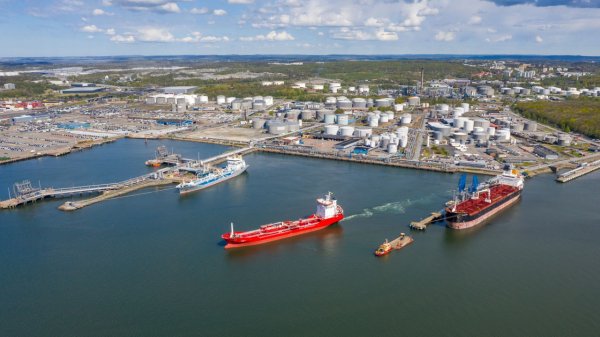
|
Swedish biomethane bunkered in Gothenburg
Test delivery performed by St1 and St1 Biokraft, who aim to become large-scale suppliers. |
|
|
|
||

|
Cockett to be closed down after 45 years
End of an era as shareholders make decision based on 'non-core nature' of Cockett's business. |
|
|
|
||
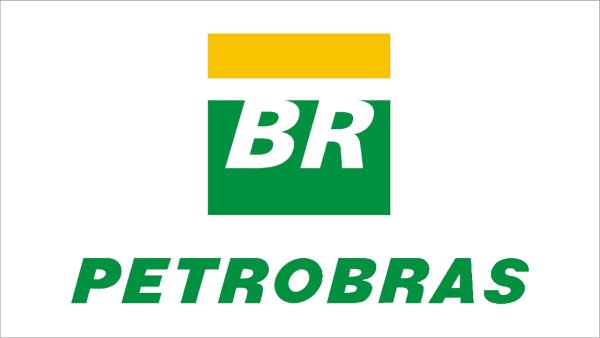
|
Petrobras confirms prompt availability of VLS B24 at Rio Grande
Lead time for barge deliveries currently five days. |
|
|
|
||
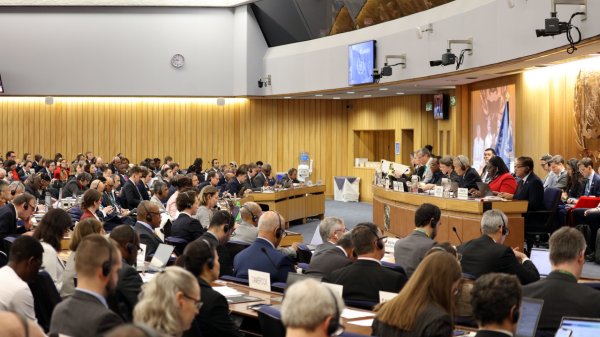
|
IMO approves pricing mechanism based on GHG intensity thresholds
Charges to be levied on ships that do not meet yearly GHG fuel intensity reduction targets. |
|
|
|
||
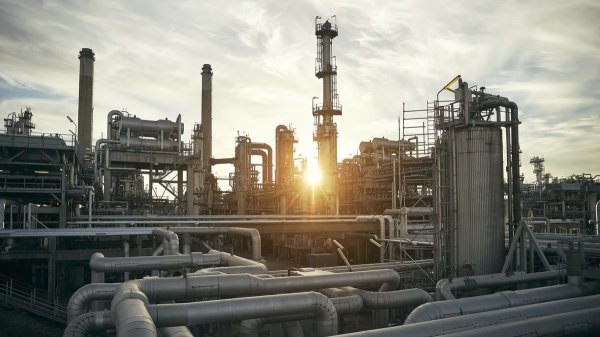
|
VARO Energy expands renewable portfolio with Preem acquisition
All-cash transaction expected to complete in the latter half of 2025. |
|
|
|
||
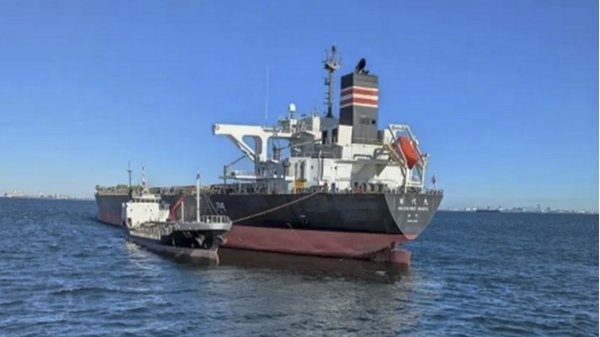
|
NYK trials biofuel in milestone coal carrier test
Vessel is used to test biofuel for domestic utility company. |
|
|
|
||
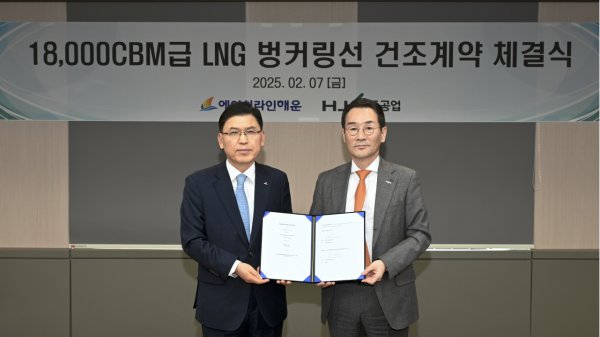
|
H-Line Shipping orders LNG bunkering vessel
Vessel with 18,000-cbm capacity to run on both LNG and MDO. |
|
|
|
||

|
How to engineer and manage green shipping fuels | Stanley George, VPS
Effective management strategies and insights for evolving fuel use. |
|
|
|
||
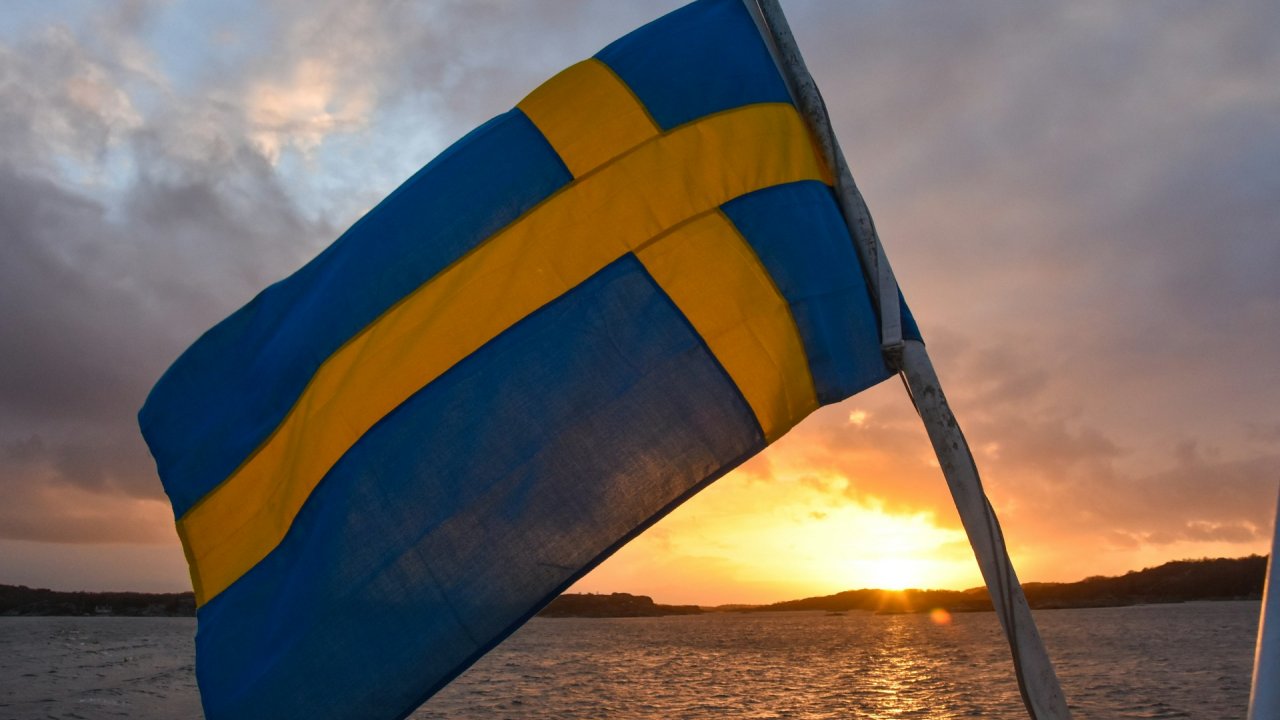
|
Swedish government bans scrubber wastewater discharges
Discharges from open-loop scrubbers to be prohibited in Swedish waters from July 2025. |
|
|
|
||
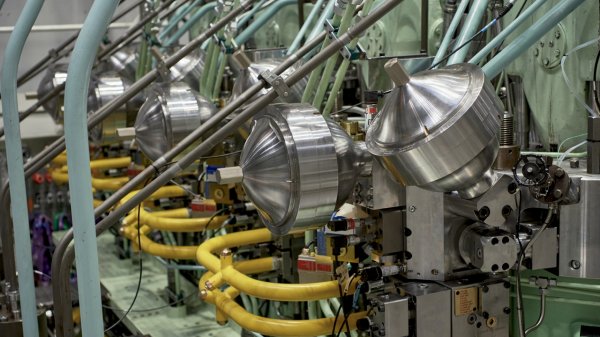
|
MAN Energy Solutions achieves 100% load milestone for ammonia engine
Latest tests validate fuel injection system throughout the entire load curve. |
|
|
|
||
Related Links
- · Low sulphur additive offers 'trouble-free performance' [Insights]
- · 'CO2-reducing' fuel additive is launched [Insights]
- · Japan [Directory]

